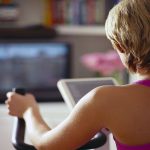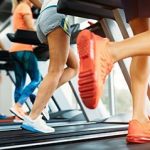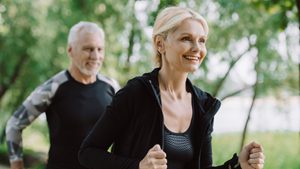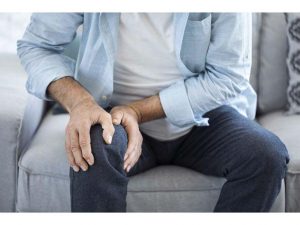
The best way to get back to feeling more normal after breast cancer surgery is to get moving, experts say. One surgeon offers some post-surgery suggestions for arm stretches and light aerobic exercise. “People who return to everyday activity sooner after surgery tend to heal better and have fewer complications,” said Dr. Alastair Thompson, section chief of breast surgery at Baylor College of Medicine in Houston. “If you have had surgery to the chest wall, the breast or the armpit, exercising the arm gently is a good way to improve shoulder mobility and reduce swelling,” he said in a college news release. Thompson recommends gentle stretches. Start by touching the top of your head. Reach behind your back. Reach toward the ceiling. Yoga may also provide helpful stretching, but Thompson said it’s important to remember that the area around the surgery site may be less flexible. Aerobic exercise can stimulate the muscles, bones, heart and lungs. “Walking is a good light exercise, and you don’t need anything other than a pair of comfortable shoes to do it,” Thompson noted. “It can be on the treadmill or around your neighborhood, as long as the area is well-lit, and the path is safe under foot.” If you’re a runner, take some time to work back to your usual pace. Give yourself at least five to seven days… read on > read on >





































